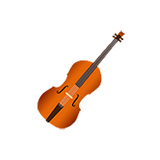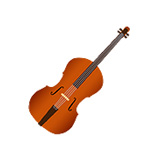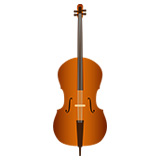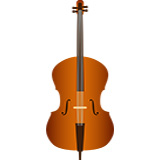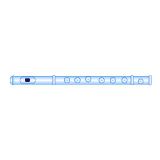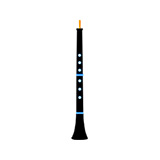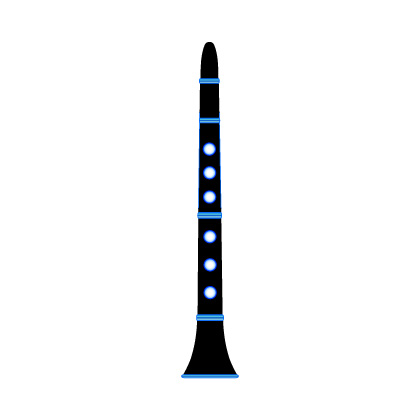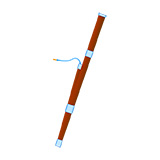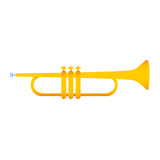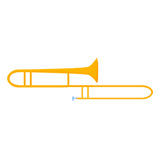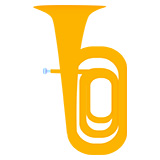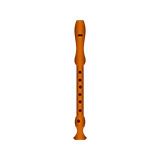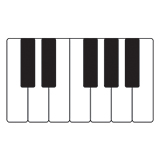
How to transpose in music
Transposition can be a confusing topic for musicians, but I will try to explain in simple terms what transposition means and how to transpose. The first thing to understand is that not all instruments play in the same key. For example, if a flute, a clarinet, and an alto saxophone all play the pitch B flat on their instrument, three different actual pitches will sound: B flat, C, and G. That is because clarinet and alto saxophone are not in concert key.
Instruments that do not transpose are said to be in concert key. The following instruments are in concert key: piano, violin, viola, cello, bass, guitar, flute, oboe, bassoon, trombone, tuba, recorder.
The following instruments are in the key of B flat: clarinet, trumpet, tenor saxophone, soprano saxophone.
The following instruments are in the key of E flat: alto saxophone, baritone saxophone.
French horn music is usually written in the key of F.
Transposition chart for B flat, E flat, and F instruments
The following chart indicates the equivalent pitches for instruments in concert key, B flat, E flat, and F.
| Concert Key Instruments |
B flat Instruments |
E flat Instruments |
F Instruments |
|---|---|---|---|
| C | D | A | G |
| C sharp | D sharp | A sharp | G sharp |
| D flat | E flat | B flat | A flat |
| D | E | B | A |
| D sharp | E sharp | B sharp | A sharp |
| E flat | F | C | B flat |
| E | F sharp | C sharp | B |
| F | G | D | C |
| F sharp | G sharp | D sharp | C sharp |
| G flat | A flat | E flat | D flat |
| G | A | E | D |
| G sharp | A sharp | E sharp | D sharp |
| A flat | B flat | F | E flat |
| A | B | F sharp | E |
| A sharp | B sharp | F double sharp | E sharp |
| B flat | C | G | F |
| B | C sharp | G sharp | F sharp |
Use the chart above to determine what key to play in for any of the songs on Music All the Time. For example, if a violinist, a clarinetist, and an alto saxophonist want to play the Star Spangled Banner in the key of F, the violinist will use the version in the key of F, the clarinetist should use the version in the key of G, and the alto saxophonist should use the version in the key of D.
Why do we transpose?
You may ask the question, why don’t all instruments just play in concert key? There are a few reasons, one of which is that it is more convenient for instrumentalists. It is a practice that goes back a few centuries, and the clarinet provides a good example of why we transpose. In the 1700s, there were several different clarinets that were used, all of them being different lengths, meaning that they all played in different keys. By transposing the music for each of these clarinets, it allowed the performers to use the exact same fingering system for clarinets in the key of B flat, C, D, E flat, and A. If all of those instruments played in concert key, the clarinetists would have to learn five different fingering systems!



